Meadowsweet
As its name suggests, Meadowsweet is a sweet-smelling flower of damp meadows, ditches and riverbanks. Look for frothy clusters of cream flowers on tall stems.
Want to learn more about wildlife near you? You're in the right place, search below and discover the nature you can help protect in Kent.
As its name suggests, Meadowsweet is a sweet-smelling flower of damp meadows, ditches and riverbanks. Look for frothy clusters of cream flowers on tall stems.
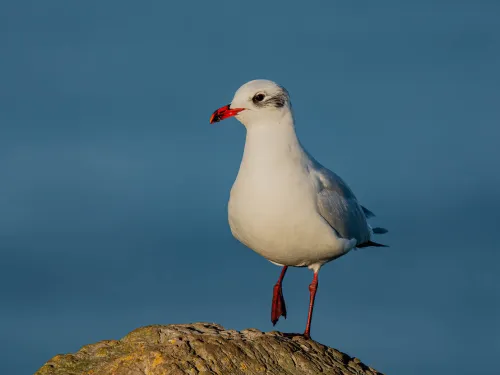
Once a rare visitor to the UK, this striking gull is now found nesting here in large colonies.
As its name suggests, the Melancholy thistle was once used to treat 'melancholia' (depression). Today, it can be found in upland hay meadows showing off its single, purple, thistle-like flower head.

Our most diminutive falcon, the merlin is a pretty bird of prey. It chases small birds, flying low to the ground or hovering in the breeze because of its small size. Resident merlins are joined in winter by Icelandic migrants.
In May, our hedgerows and woodland edges burst into life as Midland hawthorn erupts with masses of pinky-white blossom. During the autumn, red fruits known as 'haws' appear.
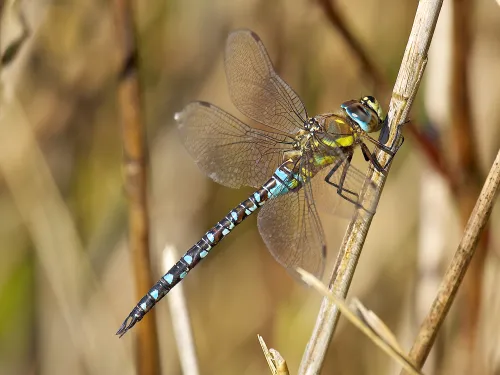
The Migrant hawker is not a particularly aggressive species, and may be seen feeding in large groups. It flies late into autumn and can be seen in gardens, grasslands and woodlands.
The UK's smallest whale, the minke whale, is notoriously inquisitive around boats and is even known to breach clear of the water. Beware though - their fragrant breath has given them the nickname Stinky Minkes!
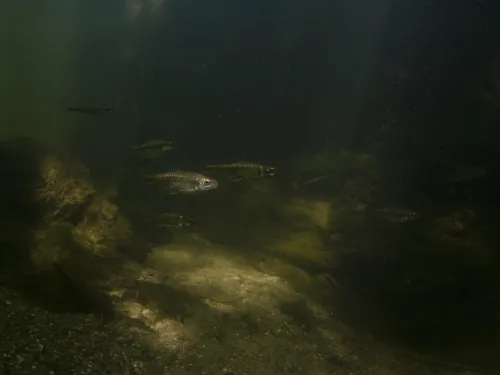
A common and diminutive fish, the minnow can be found in freshwater streams, rivers and lakes across the country. Look out for the dark stripe along its flank and the red bellies of the males.
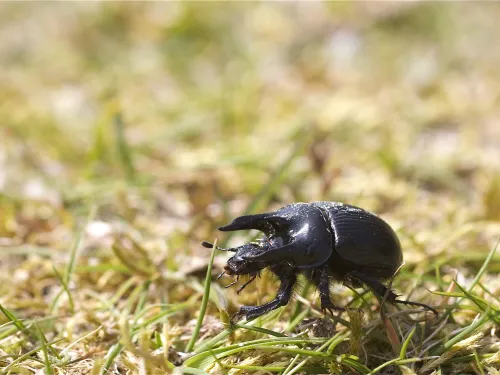
So-named for its three bull-like horns, the Minotaur beetle is a large dung beetle found on grassland and heathland from the autumn. Adults drag dung back to their nests for their larvae to feed on.
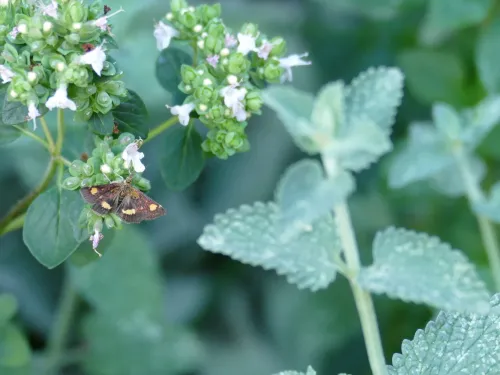
A small, day-flying moth that can often be seen visiting garden herbs.
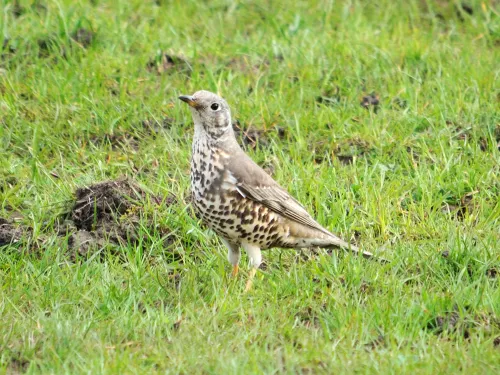
The mistle thrush likely got its name from its love of mistletoe - it will defend a berry-laden tree with extreme ferocity! It is larger and paler than the similar song thrush, standing upright and bold.
Kissing under the mistletoe is a much-loved Christmas tradition, making this plant familiar to us all. It actually grows as a parasite on trees - look for it hanging off branches in large balls during winter.